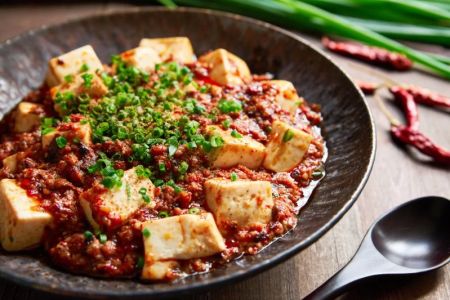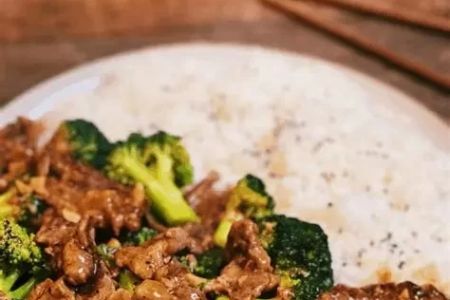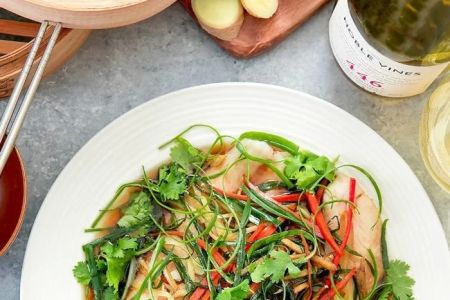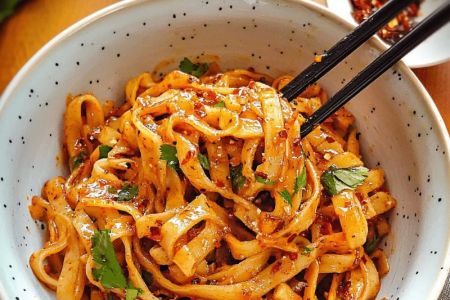- 1 - The Role of Vinegar in Chinese Cooking
- 2 - Black Vinegar: Depth and Tradition
- 3 - Rice Vinegar: Subtlety and Balance
- 4 - Culinary Uses of Vinegar Across Dishes
- 5 - Cultural Insights and Real-Life Stories
- 6 - Modern Applications and Recommendations
1. The Role of Vinegar in Chinese Cooking
When it comes to Chinese cuisine, vinegar isn’t just a condiment—it is a cornerstone of flavor. From enhancing dumpling sauces to balancing rich braised meats, vinegar adds a distinctive layer of acidity that transforms a dish. The varieties of vinegar in Chinese cooking, especially black vinegar and rice vinegar, highlight how nuanced this ingredient can be. Each type offers unique flavors that reflect centuries of culinary tradition.
2. Black Vinegar: Depth and Tradition
2.1 Origins and Characteristics
Black vinegar, often originating from regions like Zhenjiang, is prized for its smoky, malty flavor. Unlike the sharp tang of Western vinegar, black vinegar delivers a mellow acidity with deep complexity. Its aging process, sometimes lasting years, enriches the taste and aroma.
2.2 Classic Dishes Featuring Black Vinegar
This vinegar is the star in dishes like sweet-and-sour pork and dipping sauces for dumplings. In fact, food enthusiasts in China often claim that no dumpling meal is complete without a drizzle of black vinegar. A real-life example is how street vendors in Shanghai pair their steamed buns with black vinegar dipping bowls, elevating an otherwise simple snack into a rich experience.
3. Rice Vinegar: Subtlety and Balance
3.1 Flavor Profile
Rice vinegar is lighter, sweeter, and more delicate compared to black vinegar. It doesn’t overwhelm the palate but instead gently balances strong flavors. This makes it perfect for refreshing dishes such as pickled vegetables or seafood salads.
3.2 Everyday Uses
In households across Asia, rice vinegar is a pantry essential. It is often used to season stir-fries, create marinades, and prepare sushi rice. A popular trend seen on social media involves home cooks making quick-pickled cucumbers with rice vinegar, sugar, and a dash of chili—simple yet delicious.
4. Culinary Uses of Vinegar Across Dishes
4.1 Enhancing Sauces and Marinades
Vinegar brightens rich sauces, cutting through the heaviness of soy-based or sesame-rich blends. A splash of vinegar in braised beef helps tenderize the meat while balancing savory umami notes.
4.2 Creating Harmony in Hot Dishes
Chinese hot-and-sour soup is perhaps the best-known example where vinegar plays a starring role. Without it, the dish loses its defining balance between spiciness and tang. This highlights how vinegar isn’t just a background ingredient—it shapes the identity of entire recipes.
5. Cultural Insights and Real-Life Stories
In Chinese culture, vinegar isn’t just food—it symbolizes sharpness and vitality. Families in Shanxi province have used homemade vinegars for generations, with each household often developing its own recipe. A food blogger once shared a story about her grandmother’s black vinegar crock that had been passed down for decades, showing how vinegar embodies tradition and memory alongside flavor.
6. Modern Applications and Recommendations
Today, chefs are experimenting with vinegar in fusion dishes, using black vinegar in Western-style reductions or adding rice vinegar to salad dressings. For those exploring Chinese cooking at home, stocking both black vinegar and rice vinegar opens the door to authentic flavors. To make your kitchen experience easier, platforms like Chinese Food offer curated selections of authentic vinegars, ensuring you cook with the same depth of flavor celebrated in Chinese culinary traditions.







